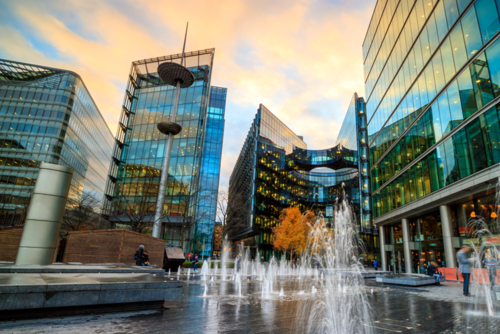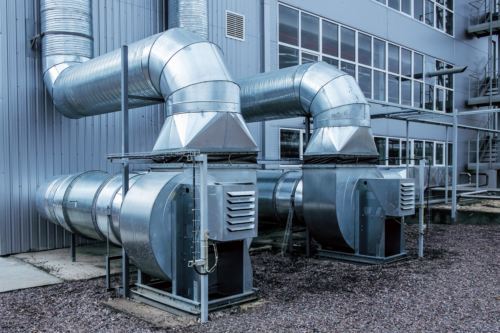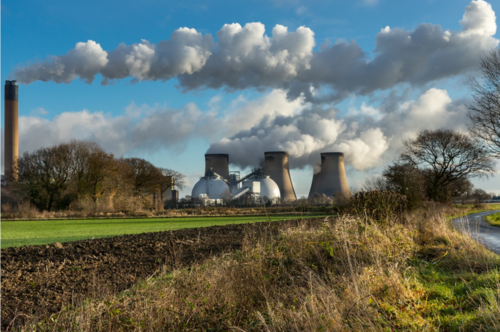Christmas cooks beware! Could Christmas dinner damage your health?
Christmas cooks beware!
Could Christmas dinner damage your health?
If you are involved in the cooking of Christmas dinner this
year, you could be creating toxic indoor pollutants that can damage your health
and that of others in your home.
Many of us will be looking forward to a family meal on
Christmas Day, and whilst I have no wish to spoil anyone’s day, I’d like to
bring up the subject of cooking pollutants.
We all know by now that indoor air pollution can be up to five
times higher than that outdoors, as both indoor and outdoor pollutants can
become concentrated in poorly ventilated spaces.
However, during the cooking of a roast dinner the levels of
particulate matter (PM2.5) rise significantly, and a study by the University of
Colorado, showed it to rise to 200 micrograms per cubic metre, higher than
average levels of PM2.5 in Delhi, one of the World’s most polluted cities.
And cooking with gas raises the stakes significantly, as
it’s a major source of both PM2.5 (microscopic particles suspended in the air)
and higher levels of nitrogen dioxide (a harmful gas), than even a busy
roadside. Any cooking method using gas appliances produces far more harmful
particles and gases than non-combustion cooking methods like electric ovens,
hobs and microwaves.
Cooking methods also vary in the amount and type of
pollutants they cause.
Frying food, whether by gas or electric, releases a
significant amount of harmful emissions into your indoor air, as oil heated to
a high temperature emits compounds called polycyclic aromatic hydrocarbons
(PAHs), which can be harmful to both eye and respiratory health. A comparative
study of cooking practices showed that boiling produced the least PAHs, whilst
grilling, roasting and frying produced the most.
The levels reached during the study breached World Health
Organisation guidelines of 10 micrograms per cubic metre for over eight hours,
as levels rose to thirty times that outside. Even making toast can send PM2.5
levels soaring. While gas flames and charred food churned out fine soot
particles, others came from animal fat, cooking oils, grease and burnt-on foods
in the oven, and on the pots and pans used in making the meal.
So, in short, cooking on gas (or other carbon fuels) can
cause the build-up of nitrogen dioxide (NO2) and carbon monoxide (CO), in
addition to the pollutants emitted through the cooking of the food itself.
These cooking contaminants consist of, particulate matter (PM), and volatile
organic compounds (VOCs) including, polycyclic aromatic hydrocarbons (PAHs) and
formaldehyde (FA).
Those at most risks from air pollution are children, the
elderly, pregnant women and those with existing chronic lung or heart
conditions. So, when cooking your Christmas dinner this year be sure to open
kitchen windows and use kitchen extractors to help filter out airborne
contaminants.
However, as most extractor hoods do not use HEPA filters and
many do not even extract the air outside, they just recirculate air without
adequately filtering out fine particulates, you may wish to buy yourself a good
air purifier as an early Christmas present.
Ideally, you would want a good extractor hood that vents air
outside rather than recirculating it; cook with clean pots, pans and trays and
make sure your oven is free from grease and burnt-on food; replace gas
appliances with electric, induction hobs are just as easy to control than a gas
flame and are much easier to clean and better for the environment, as well as
your indoor air quality.
Ultimately, you may wish to consider installing a mechanical
ventilation system, which introduces outside air into your home and extracts
stale air through extractor fans. For most homes, positive input ventilation
(PIV) unit would be the most cost-effective and easiest to install, however,
new build homes would better benefit from mechanical ventilation with a heat
recovery (MVHR) system.
According to a recent OnePoll survey, as a nation, we will consume a collective 250 million roast potatoes, and 264 million slices of turkey this Christmas. Food plays a key role in bringing people together and whatever you cook this Christmas, and for the rest of the year, I hope this information helps to minimise the risk of indoor pollution through cooking, which as well as having adverse health effects, can also increase the risk of virus transmission.
So, ventilate, ventilate, ventilate and have a very happy and
healthy Christmas and New Year.
Latest Articles
How the Internet of Things (IoT) is revolutionising building energy efficiency
Read More >Choosing the right green building certification
Read More >How AI technology is helping reduce energy consumption and carbon emissions in commercial real estate
Read More >What will be the response to spiralling energy prices and will it benefit or harm air quality
Read More >



